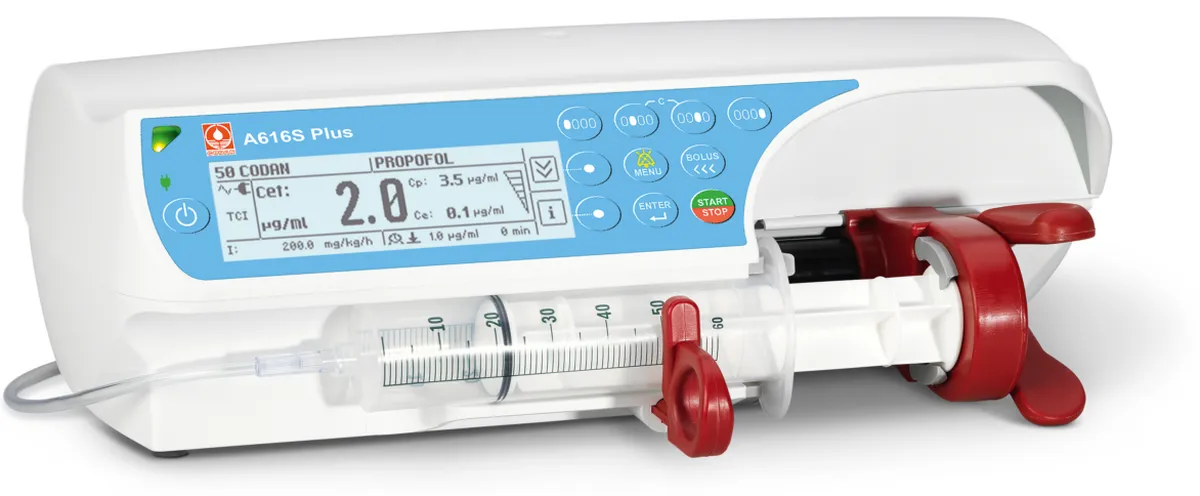Knowledge-Based Firm in Iran Produces Smart Syringe, Serum Injection Pumps

“Solutions and drugs that are equal to or less than 50 cc should be injected to the patient through these pumps,” said Amir Karimani, the deputy managing director of the knowledge-based company.
He explained that many patients hospitalized in the ICU or CCU departments must receive drugs continuously and during 24 hours or based on mechanisms or special regimens prescribed by the doctor, adding, “Due to the impossibility of correct and accurate implementation of such treatment regimens by a nurse and due to the large number and variety of drugs as well as medication protocols and specific treatment methods, the use of medication systems based on artificial intelligence has become inevitable.”
“As the first company in Iran, we were able to meet this need by producing smart injection pumps. We put a software on the syringe pumps that allows the treatment staff to calculate the dose of drugs and is capable of preventing many calculation errors that can harm the patient,” Karimani said.
He described the smart serum injection pump as another achievement of his company, and said, “This pump is used in higher volumes of certain drugs that must be injected to the patient through serum. This product has the same application as the syringe injection pump, with the difference that the serum injection pump can cover a higher volume.”
In a relevant development in July, a new type of negative pressure locking syringe was also developed by an Iranian knowledge-based company to create a stable negative pressure (suction) to obtain fluids from the patient’s body.
“Our company has for the first time in Iran designed and produced a syringe that is used in various medical specialties and makes it easier and more accurate for doctors. This syringe can be locked in suction mode (creating negative pressure),” Zahra Daneshi, the managing director of the knowledge-based company, told ANA.
She explained that the syringe has features like stable negative pressure, lower-lock interface and cap, controllable negative pressure, two-way locking system, and volume and pressure graduations.
"The syringe can be used for blood exchange in newborns, pericardiocentesis, liposuction in limited volume, preparation of fat tissue for isolation of stem cells, drainage of breast cysts with ultrasound control, aminosynthesis, sample preparation for cytology from thyroid and lymph nodes, removing clots from vessels such as coronary arteries, drawing joint fluid, drawing pus and fluids from cysts and various body lesions, drawing blood and fluids from the chest and abdominal cavity, and taking blood samples from the femoral vein,” Daneshi said.
4155/v





















